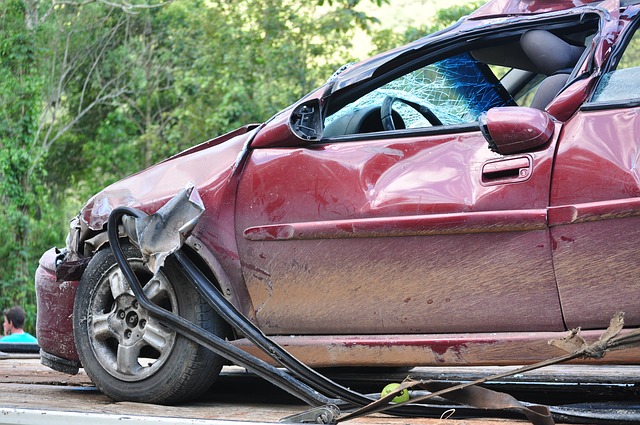personal injury lawyers
Fighting for maximum injury compensation for you and your family
No Fees Until We Win


Proving Fault In A Car Accident
Even if you live in a state with No-Fault laws in place, it is necessary to prove who was at fault for an accident.
No-Fault laws only apply to insurance payments, not to the accident itself.

In most cases, the fault is determined at the scene by the police officers that responded to the accident.
Their experience and ability to see the accident first-hand places them in a position to determine fault. In many cases, they are right.
If fault is not established in the police report, or if you dispute what the police have written down as the cause of the accident, your car accident attorney can do the necessary investigations to have the actual fault determined.
This information will be used when you make your compensation claim.
Fault Is Automatically Assumed With Some Accidents
There are three types of accidents that can occur where fault will automatically be attributed to a specific driver.
While this may not be accurate 100 percent of the time, it is almost always correct.
– Left Turn Accidents
When a vehicle is making a left turn, and an accident occurs, it is almost always the fault of the vehicle making the left hand turn.
– Running Red Light / Stop Sign
If a vehicle runs through a red light or stop sign and causes an accident, they are automatically held responsible for the accident.
– Rear-End Collisions
When a vehicle runs into the back of another car, the vehicle that is in the back will be held responsible for the event.
Of course, there are always exceptions to the rule. If there are any questions about who was actually at fault for the accident, the attorneys managing the case will have the accident scene investigated so that fault can be determined.
State and Federal Traffic Laws Are Used To Determine Fault
In a majority of all vehicular accidents, State laws are used to determine the fault of the case.
The only exception to the rule is if the accident involves a semi-truck. Since these are interstate vehicles, federal laws are also used to determine fault in an accident.
Other issues may also come into the equation, such as weather conditions, road conditions, or if there was an extenuating circumstance that could have led to the accident.
All of this information will be detailed in the police report.
What If I Do Not Agree With The Police Report?
It happens. The police determine that an accident happened one way and fill out a report, and the event actually happened an entirely different way.
Sometimes a police officer may not be experienced enough to do an accident scene, or perhaps they had a rough day. When this happens, it will be necessary to get an attorney involved.
If the fault is established incorrectly, it could significantly impact the insurance claims and your ability to claim for compensation.
In a state where comparative negligence laws apply to accidents, being held responsible for more than half the accident can prevent you from seeking compensation.
If you believe that the information about the fault of the accident is wrong, speak with an attorney.
Your lawyer can have the scene investigated by an accident reconstruction service and establish the true cause of the accident beyond a doubt.
This will protect your rights to claim compensation and help you claim for other losses.

Free Injury Case Evaluation
Send the form below and we will call you back in minutes.
…or Call Us Now
856-284-6446
